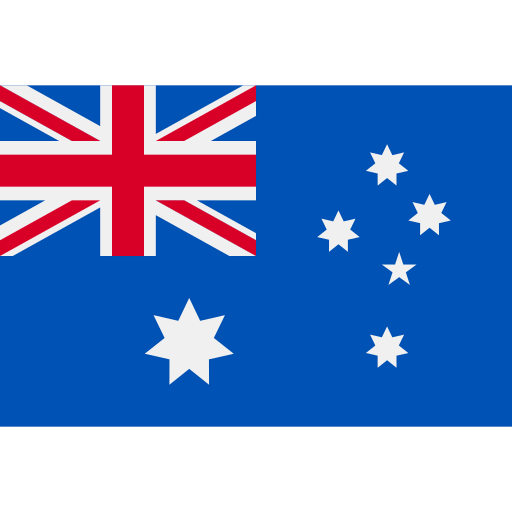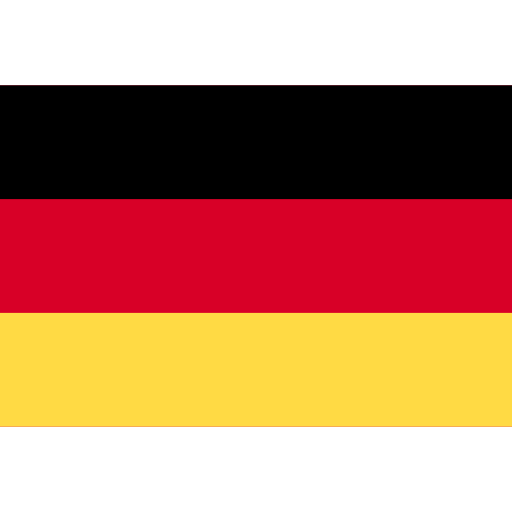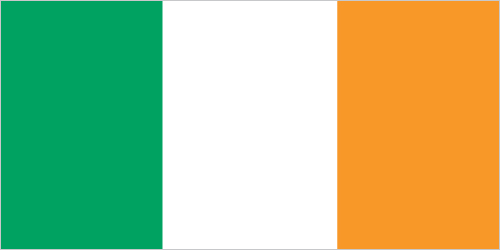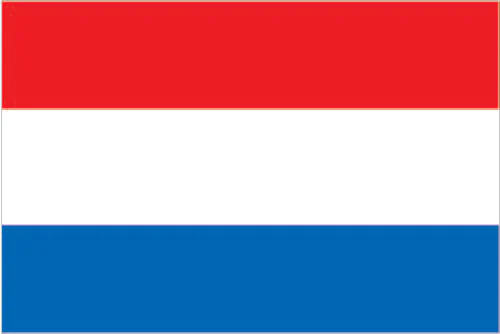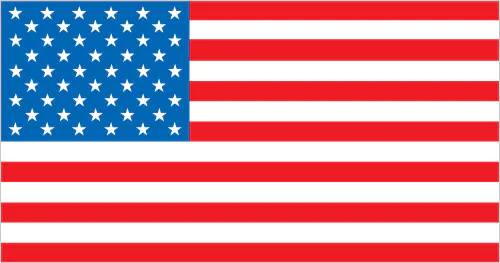Estimated reading time: 5 minutes
Trade finance has a long, varied and rich history, with well-established rules. For a long time, the goal has been to create process flows that can work across different jurisdictions and can accommodate various standards around the world.
The paper-based nature of trade finance makes processes inherently slow, error-prone and susceptible to fraud, adding more complexity and widening the gap between supply and demand. However, the current journey to full digitalisation in trade finance has not been easy, and even after the most recent legal changes, there are still ongoing challenges.
In recent years, another significant and growing challenge for the trade finance sector has been the loss of talent, which has created skill and resource gaps, particularly in documentary trade. For decades, documentary trade has relied on the market expertise of Trade Departments to address the needs of corporate customers. To this end, there can still be a large number of manual processes, which can be expensive and error-prone.
Additionally, geopolitical volatility, high inflation and interest rates, and economic prospects have reduced the capacity of banks to provide trade finance. Noting that the trade finance gap is now at $2.5tn, and in the last 2 years this has widened by 800 billion dollars.
The challenges are significant for small and medium-sized enterprises (SMEs), who often face greater barriers when it comes to accessing finance. To address these challenges, banks need to leverage technology, transform their trade finance and supply chain offerings, and achieve interoperability through a robust trade finance stack.
A modern trade finance stack
Trade finance involves three main elements: the physical movement of goods, a documentary flow, and a financial flow. Thus, it is crucial to integrate these ecosystems, as well as digital islands within each flow, and technology is a vital enabler to this challenge.
To achieve interoperability, banks need a robust trade finance stack that covers infrastructure, technology applications, and business operations.
For interoperability to be successful, infrastructure plays an important role. Cloud-based infrastructure provides a strong foundation that gives banks the necessary agility to adapt to new demands, seamlessly integrate new functionality and services, and scale resources at a lower cost and faster time to market.
The second layer of the trade finance stack consists of applications, which include third-party offerings provided by specialist fintechs. These applications utilise the latest technology to solve particular challenges.
For example, although it has been around for a while, blockchain technology still holds great promise. By enabling the transfer of ownership from one party to another, with all transactions recorded on the blockchain, it can replicate the concept of paper on a much more advanced level, allowing documentation, as well as title, now to flow digitally and transparently.
Other applications are utilising Generative AI (Gen AI). Although still an emerging technology, the industry has already started to use Gen AI in areas such as document compliance checking, and we can see the excitement around the potential of Gen AI in financial services.
Finastra’s 2023 State of the Nation survey revealed that 36% of respondents plan on using it to collect, process and analyse data for decision-making, 34% are looking at Gen AI to automate manual or repetitive tasks, while 33% are planning on using this technology to collect and aggregate data for KYC (Know Your Customer) or Anti-Money Laundering (AML) purposes. Gen AI can help banks harness the power of data, improve trade finance processes, and generate legal documents with ease.
The third layer is business operations, which includes resourcing and day-to-day working practices. The technology used in the first two layers can also help streamline processes through automation and plug any skill gaps – for example, using Gen AI for manual tasks to boost human productivity and value-added services.
Robust technology at all layers of the trade finance stack can enable banks to overcome challenges, including the cost to serve customers, legacy technology infrastructures, the increasing impact of the “brain drain”, process optimisation, providing seamless digital customer experiences, and increased interoperability across the market.
Accelerating interoperability in the global trade finance ecosystem
Industry interoperability is a key objective for trade finance, and by using data and standards, as well as technology enablers such as open APIs, we can move closer to this essential goal.
An important ongoing activity is the adoption of the Model Law on Electronic Transferable Records (MLETR) framework across multiple jurisdictions. This model aims to digitise documentation, reduce cost and risk, and provide real-time trade and settlement.
In 2023, the UK passed the Electronic Trade Documents Act and a number of other countries are following closely behind. The United States, Germany and France are in the process of adopting MLETR-inspired bills. This is laying the groundwork for a more cohesive industry and creating opportunities for further digital transformation efforts.
When it comes to modern trade finance platforms, scalability, interoperability, performance, ease of deployment, extensibility, and resilience are key features to keep in mind.
While regulation plays a crucial role, technology is, without doubt, the key enabler, so we need to ask ourselves how we can best apply it to harness data and accelerate interoperability.
The solutions are already available and ready to be integrated – banks need to leverage them to drive their businesses forward. In support of open finance, financial institutions and fintechs can work together to bring the best-of-breed technologies and solutions, accelerate time to market, and deliver the real benefits of digital trade finance.


